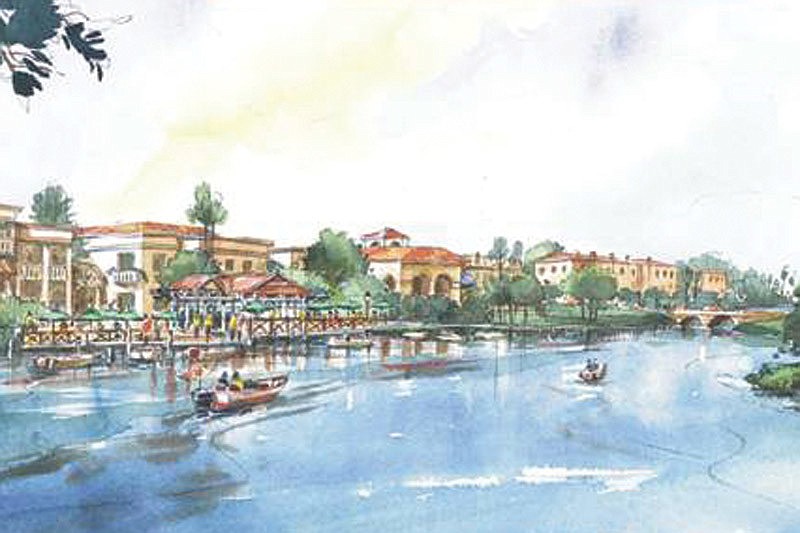- November 28, 2024
-
-
Loading

Loading

In the early 2000s, the economy was booming and Florida counties projected major population growth.
Sarasota County’s answer to growth forecasts, which county commissioners voted this year to rejuvenate as part of a pilot program, would likely fail in current market conditions, Sarasota County Director of Cooperative Extension Service Evangeline “Van” Linkous told the Environmentally Sensitive Lands Oversight Committee.
The committee, known as ESLOC, held a special meeting Sept. 6, at Twin Lakes Park to mull Transfer of Development Rights, a program designed to preserve environmentally sensitive habitats and jointly encourage subdivision development. Earlier this year, the County Commission ordered staff to start working on how to price county-owned land to free up TDRs, but Linkous and an expert on the TDR industry from California, Betty Wiechec, told ESLOC a pilot program would fail to work like county staff envisions.
The TDR policy outlined in the Future Land Use chapter of the Sarasota County 2050 Comprehensive Plan was approved in 2002 and has only been used once — for the Villages of Lakewood Ranch South.
Land plats are assigned with Transfer of Development Rights units, which can be traded between private owners or the county. TDRs are given a value based on the how sensitive the habitat is on a property. For example, wetlands, which are more threatened environments, could be worth more than farmland.
Staff with Sarasota County Planning and Development is building an inventory of county-owned land eligible for sale as part of the pilot program aimed at platting off habitat for preservation and encouraging development. Builders could buy open space owned by the county and move TDRs to other land to beef-up building density.
Wiechec, who was one of the architects of Transfer of Development Credits in Malibu, Calif., a similar program, said rushing a pilot program like county commissioners advocated is imprudent.
“I have some real concerns about your program,” she said during the ESLOC meeting. “I think using resource density bonuses is not a great idea.”
Rod Krebs, a homebuilder and member of the public at the ESLOC meeting, said a development he is planning is taking advantage of the county’s policy. He had planned to use TDRs from the city of Sarasota for a “hamlet” on unincorporated Sarasota County land but found the city’s policy too complex, he said.
During the run-up from the dot-com boom, developers put pressure on some Florida counties to make zoning changes to fast-track subdivision development, and others enacted them to attract builders, Wiechec said.
Linkous said the county’s program doesn’t appear to have been influenced by developer interests. But, the single use of TDRs since the policy was adopted in 2002 means there is asymmetry between price expectations of buyers and sellers.
“It was a little bit of a market failure there,” Linkous said. She said there wasn’t enough incentive for the developer to purchase county-owned TDRs, which would have barred development from county-owned land.
“Success, in my mind, is that TDRs do need to happen for the program to be successful,” Linkous said.
Also, the developer on the Lakewood Ranch 2050 community simply moved TDRs between its own property, she said.
As TDRs change hands, environmentally sensitive lands are preserved and 10% of the revenues from sales of the units are used to maintain and purchase more property on sensitive habitat.